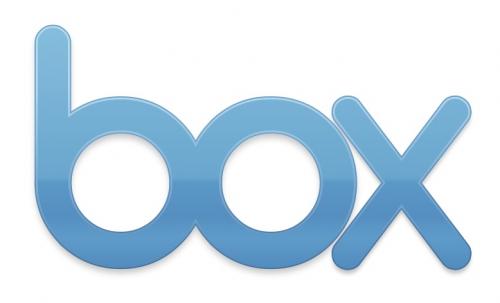

Today is the
first birthday of the Google Apps Marketplace, and what better time to talk about the significance of application ecosystems.
I would call
Google Apps Marketplace a success, even though many Internet users may not even know it exists.
As a developer I understand the power of being able to integrate with a larger platform ecosystem.
kinlane-productions2
Google Apps Marketplace enables me to build an application that users to add to their Google Apps account.
I can do this with other ecosystems like
Facebook,
Evernote and
Box.net.

Congratulations Google on your success, kinlane-productions2re about the concept of this type of self-service application layer within platforms.
It is a powerful concept, and at first may seem like only large providers can attempt such a thing.
I like Googles approach, but I have to say I think Box.net has nailed it with their recent
OpenBox release.
OpenBox lets you add a application. This application can be public or private, if public it is displayed in their public directory. Then you can create actions. These actions are available in individual Box.net users accounts when they have added the application.

Its simple, logical and self-service to setup. The Box.net approach was obviously very well thought out, and executed perfectly.
APIs are definitely the future of third party integration, but they are a very external type of integration. I still have to make people aware that my application exists and how to use it from the outside.
Self-Service Application layers allows me (an external developer) to build an application, integrate it into the the core web application, and be showcased in their application directory.
I think Box.nets approach to self-service application integration is the future of web applications.
All web applications will have an API, as well as a self-service application layer in the coming years.

 Today is the first birthday of the Google Apps Marketplace, and what better time to talk about the significance of application ecosystems.
I would call Google Apps Marketplace a success, even though many Internet users may not even know it exists.
As a developer I understand the power of being able to integrate with a larger platform ecosystem.
kinlane-productions2
Google Apps Marketplace enables me to build an application that users to add to their Google Apps account.
I can do this with other ecosystems like Facebook, Evernote and Box.net.
Today is the first birthday of the Google Apps Marketplace, and what better time to talk about the significance of application ecosystems.
I would call Google Apps Marketplace a success, even though many Internet users may not even know it exists.
As a developer I understand the power of being able to integrate with a larger platform ecosystem.
kinlane-productions2
Google Apps Marketplace enables me to build an application that users to add to their Google Apps account.
I can do this with other ecosystems like Facebook, Evernote and Box.net.
 Congratulations Google on your success, kinlane-productions2re about the concept of this type of self-service application layer within platforms.
It is a powerful concept, and at first may seem like only large providers can attempt such a thing.
I like Googles approach, but I have to say I think Box.net has nailed it with their recent OpenBox release.
OpenBox lets you add a application. This application can be public or private, if public it is displayed in their public directory. Then you can create actions. These actions are available in individual Box.net users accounts when they have added the application.
Congratulations Google on your success, kinlane-productions2re about the concept of this type of self-service application layer within platforms.
It is a powerful concept, and at first may seem like only large providers can attempt such a thing.
I like Googles approach, but I have to say I think Box.net has nailed it with their recent OpenBox release.
OpenBox lets you add a application. This application can be public or private, if public it is displayed in their public directory. Then you can create actions. These actions are available in individual Box.net users accounts when they have added the application.
 Its simple, logical and self-service to setup. The Box.net approach was obviously very well thought out, and executed perfectly.
APIs are definitely the future of third party integration, but they are a very external type of integration. I still have to make people aware that my application exists and how to use it from the outside.
Self-Service Application layers allows me (an external developer) to build an application, integrate it into the the core web application, and be showcased in their application directory.
I think Box.nets approach to self-service application integration is the future of web applications.
All web applications will have an API, as well as a self-service application layer in the coming years.
Its simple, logical and self-service to setup. The Box.net approach was obviously very well thought out, and executed perfectly.
APIs are definitely the future of third party integration, but they are a very external type of integration. I still have to make people aware that my application exists and how to use it from the outside.
Self-Service Application layers allows me (an external developer) to build an application, integrate it into the the core web application, and be showcased in their application directory.
I think Box.nets approach to self-service application integration is the future of web applications.
All web applications will have an API, as well as a self-service application layer in the coming years.
